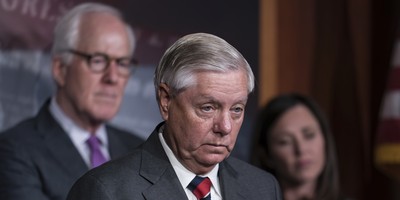The headline read “Central Banks Take Action.” Short of calling another summit meeting in some exotic locale, which does give a shot in the arm to a few catering companies, what could the banks possibly do that would be considered action?
The first thing was to lower interest rates.
Mario Draghi and the ECB joined much of the rest of the world as they broke the 1% barrier with a 0.25% reduction to 0.75%.
That had such an impact that the euro immediately dropped from the impenetrable barrier of 1.25 to 1.23+.
The Spanish and Italian bonds resumed their upward interest rate trek and the dollar showed who was still king.
The action Draghi took certainly produced a reaction, but not necessarily what he had hoped for. Several other central bankers followed suit, including China, as the Keynesian approach to growth continues to be alive and well.
After all, at some point, interest rates need to be low enough so that banks will lend, and more importantly, convince people to borrow.
Not to be outdone, Denmark went to a negative interest rate, which basically was their signal to say “stay away from our country unless you want to pay for the privilege of storing your money.”
Even though warehouse investing has been around for a long time, it’s still considered a new concept for actually storing money.
Some call Denmark’s action the final neutron bomb, yet it was simply a central bank’s action. The other action that continues to be taken on a daily basis is the buying of bonds in order to instill cash in the system.
From twist, EFSE, ESM, and to any of a dozen other acronyms, it simply amounts to making money available to the banks so they’ll lend, and once again, hoping the consumer will borrow.
Recommended
Amazing in this whole process is that the mainstream media goes absolutely bonkers regarding the word “action.” The expectations are that something both new and unique will be conceived and implemented.
Hope is high, but unfortunately, as the great French Canadian philosopher Guillaume Louis Tatreaux IV (yours truly) once said “hope is not a strategy.”
As the lines of communication amongst the bankers heated up and action was not only expected but demanded, the possibilities, once again, came down to a choice between lowering the interest rate vs. giving out more money.
However, there was a third choice that no one in power wants to either admit or embrace. And that, of course, is contraction.
To let the house burn and rebuild is the only salvation, turning the headline from “Central Banks Take Action” to “Central Banks Take Absolutely No Action.” And, naturally, there would be no need for future exotic summits.
What, oh what, will be done about the poor caterers?
Yes, very much an unintended consequence.

























Join the conversation as a VIP Member